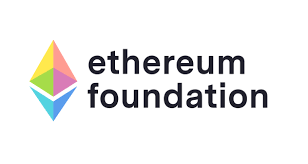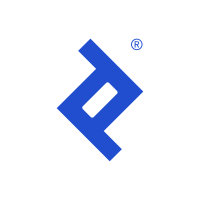Role Mission The mission of the Lead Application Developer is to • Develop high-quality source code for applications that solve user and client needs.• Maintain and upgrade existing applications to maximize utility for users and efficiency for HCIM.• Provide thought leadership and support for other HCIM product and development colleagues to drive innovation and continuous improvement of HCIM applications, processes, and culture.
Outcomes A successful candidate in this role will accomplish the following goals in their first two years at HCIM:• Lead the on-time development of one new application for robotic process automation of a new core administrative system platform or module, including writing most of the code, to be released and used by existing and/or new clients by October 2025.• Review existing RPA application code, identify enhancement opportunities, build stakeholder alignment (with architect, HCIM leadership, etc.), and implement those enhancements by January 2026.• Partner with the architect to develop a written plan for a next-generation architecture of the SymKey core application by April 2026.
Key Areas of ResponsibilityThe Lead Application Developer’s responsibilities include, but are not limited to:Understanding user/client needs and how proposed application requirements solve those needs.Working independently and collaboratively to define, design, develop, and support solutions that meet user, client, and business needs. Collaborating with application product managers, business analysts, subject matter experts, application architects, and other stakeholders to identify critical functional requirements for new or revised applications.Developing new and enhancing existing automation utilities for use with SymKey applications.Writing high-quality source code to program complete applications within deadlines by participating in C# and VB .NET development projects with other team members. Communicating project status, progress and issues with peers and HCIM company both orally and in written form.Testing application code, including unit and integration testing, before application release, and functional and non-functional testing, as necessary.Evaluating existing applications to rewrite or refactor, update and add new features.Creating and maintaining solution documentation including technical notes & diagrams.Supporting solutions in production by analyzing system problems/alternatives, troubleshooting errors, and recommending and acting on ways to improve system effectiveness. Encouraging and following best practices within technology development and helping in researching and evaluating innovative technology.
Related Jobs

Security Engineer Ubuntu

Senior Software Engineer

Test Automation Engineer

Senior Android Engineer

Lead Software Engineer

Senior Frontend Engineer

Data Engineer

Production Engineer

Senior Back End Developer

Senior Frontend Engineer Platform

IT Engineer

Senior Software Engineer Cloud Images

Senior Product Designer

Hands On Engineering Manager

Full Stack Software Engineer

Senior Front End Developer

Customer Success Manager

Senior Software Engineer .NET Core

Front End TypeScript Developer

